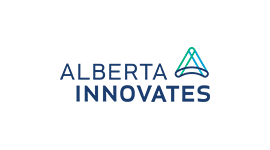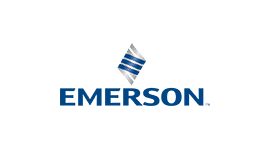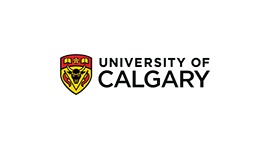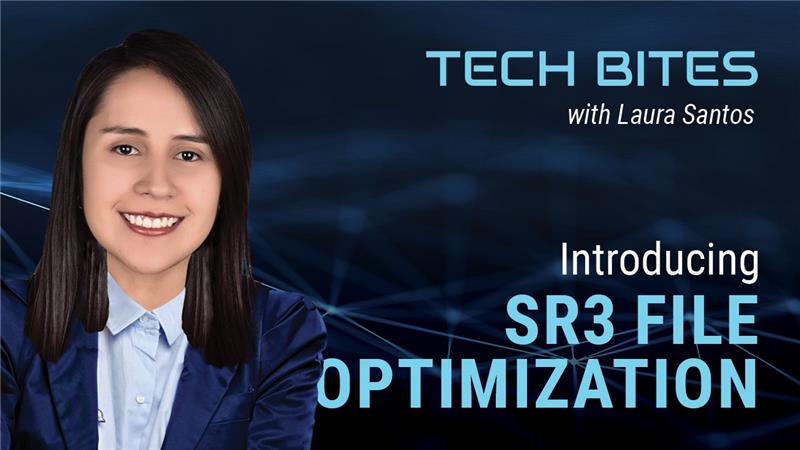The potential of nanoparticles, which are classified as advanced fluid material, have been unlocked for improved oil recovery in recent years such as nanoparticles-assisted waterflood process. However, there is no existing commercial reservoir simulation software that could properly model phase behaviour and transport phenomena of nanoparticles. This paper focuses on the development of a novel robust advanced simulation algorithms for nanoparticles that incorporate all the main mechanisms that have been observed for interpreting and predicting performance.
The general algorithms were developed by incorporating important physico-chemical interactions that exist across nanoparticles along with the porous media and fluid: phase behaviour and flow characteristic of nanoparticles that includes aggregation, splitting and solid phase deposition. A new reaction stoichiometry was introduced to capture the aggregation process. The new algorithm was also incorporated to describe disproportionate permeability alteration and adsorption of nanoparticles, aqueous phase viscosities effect, interfacial tension reduction, and rock wettability alteration. Then, the model was tested and duly validated using several previously published experimental datasets that involved various types of nanoparticles, different chemical additives, hardness of water, wide range of water salinity and rock permeability and oil viscosity from ambient to reservoir temperature.
A novel advanced simulation tool has successfully been developed to model advanced fluid material, particularly nanoparticles for improved/enhanced oil recovery. The main scripting of physics and mechanisms of nanoparticle injection are accomplished in the model and have acceptable match with various type of nanoparticles, concentration, initial wettability, solvent, stabilizer, water hardness and temperature. Reasonable matching for all experimental published data were achieved for pressure and production data. Critical parameters have been observed and should be considered as important input for laboratory experimental design. Sensitivity studies have been conducted on critical parameters and reported in the paper as the most sensitive for obtaining the matches of both pressure and production data.
Observed matching parameters could be used as benchmarks for training and data validation. Prior to using in a 3D field-scale prediction in Malaysian oilfields, upscaling workflows must be established with critical parameters. For instance, some reaction rates at field-scale can be assumed to be instantaneous since the time scale for field-scale models is much larger than these reaction rates in the laboratory.







